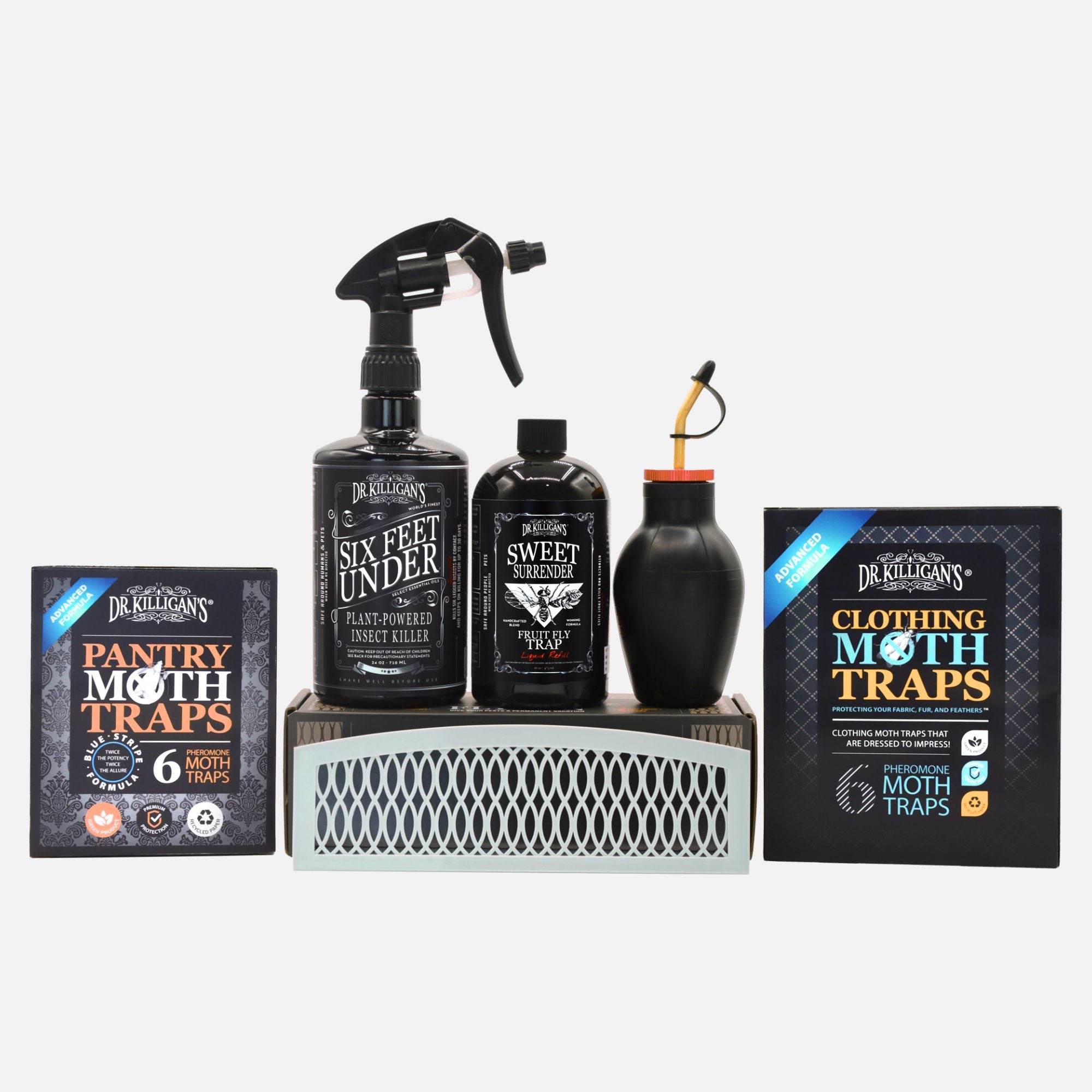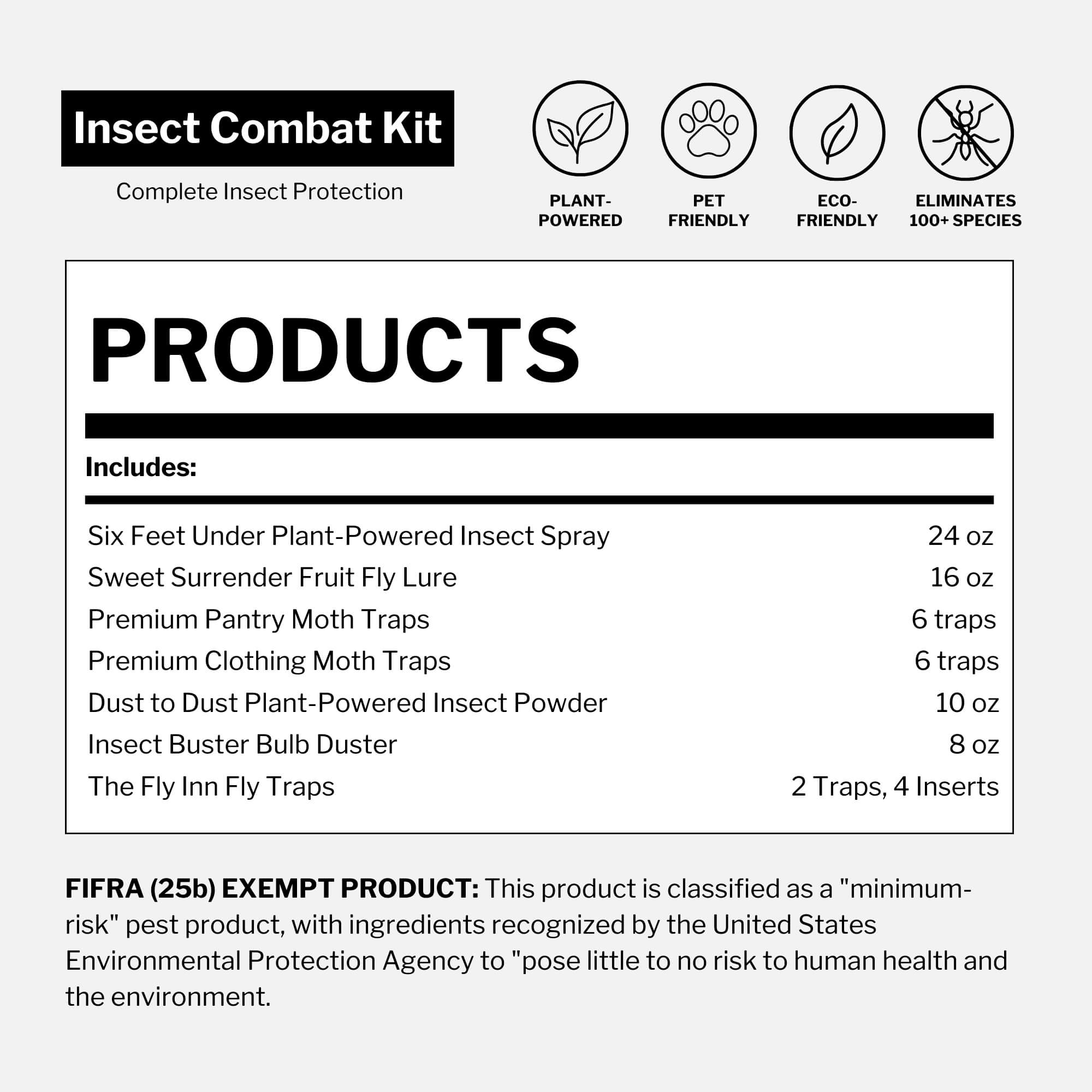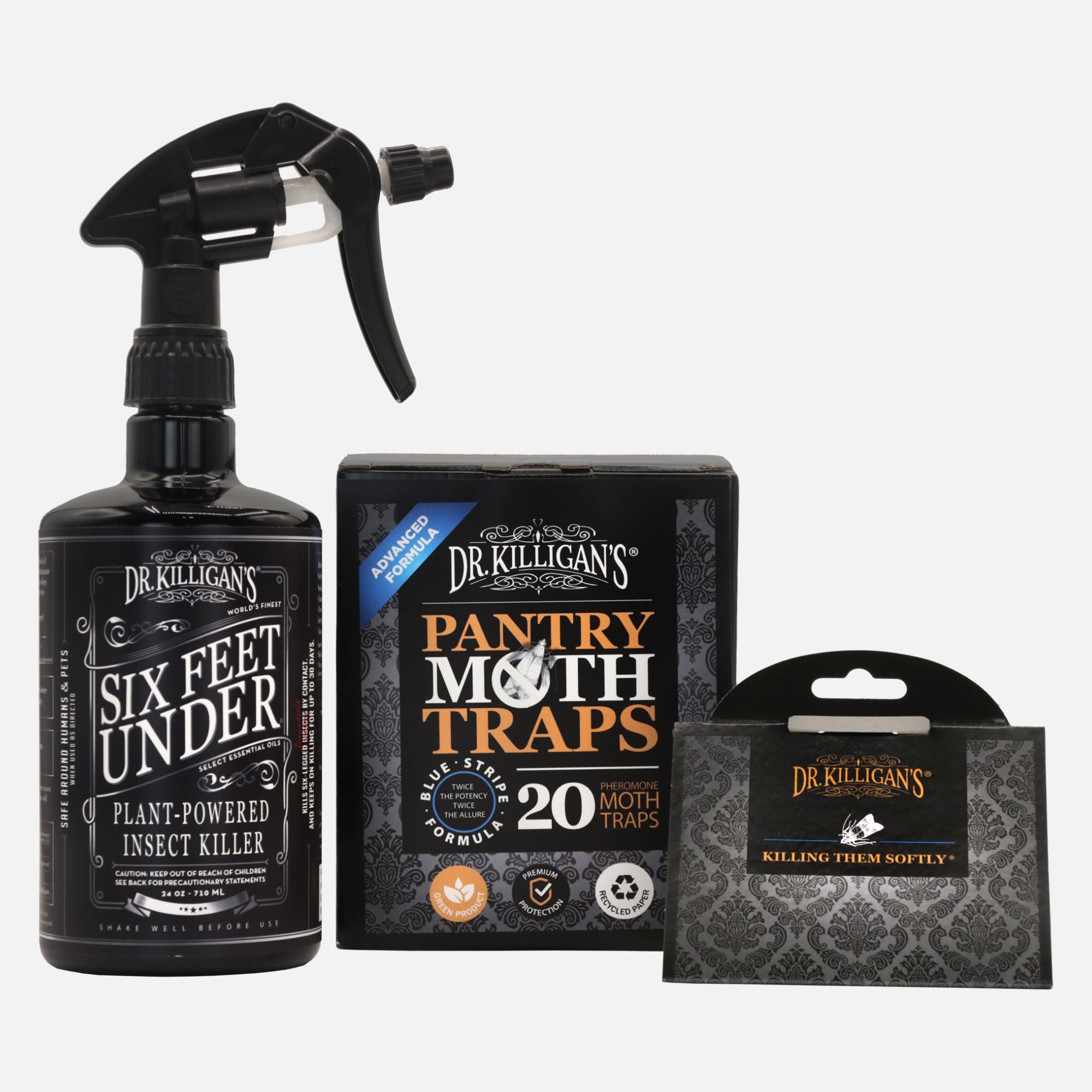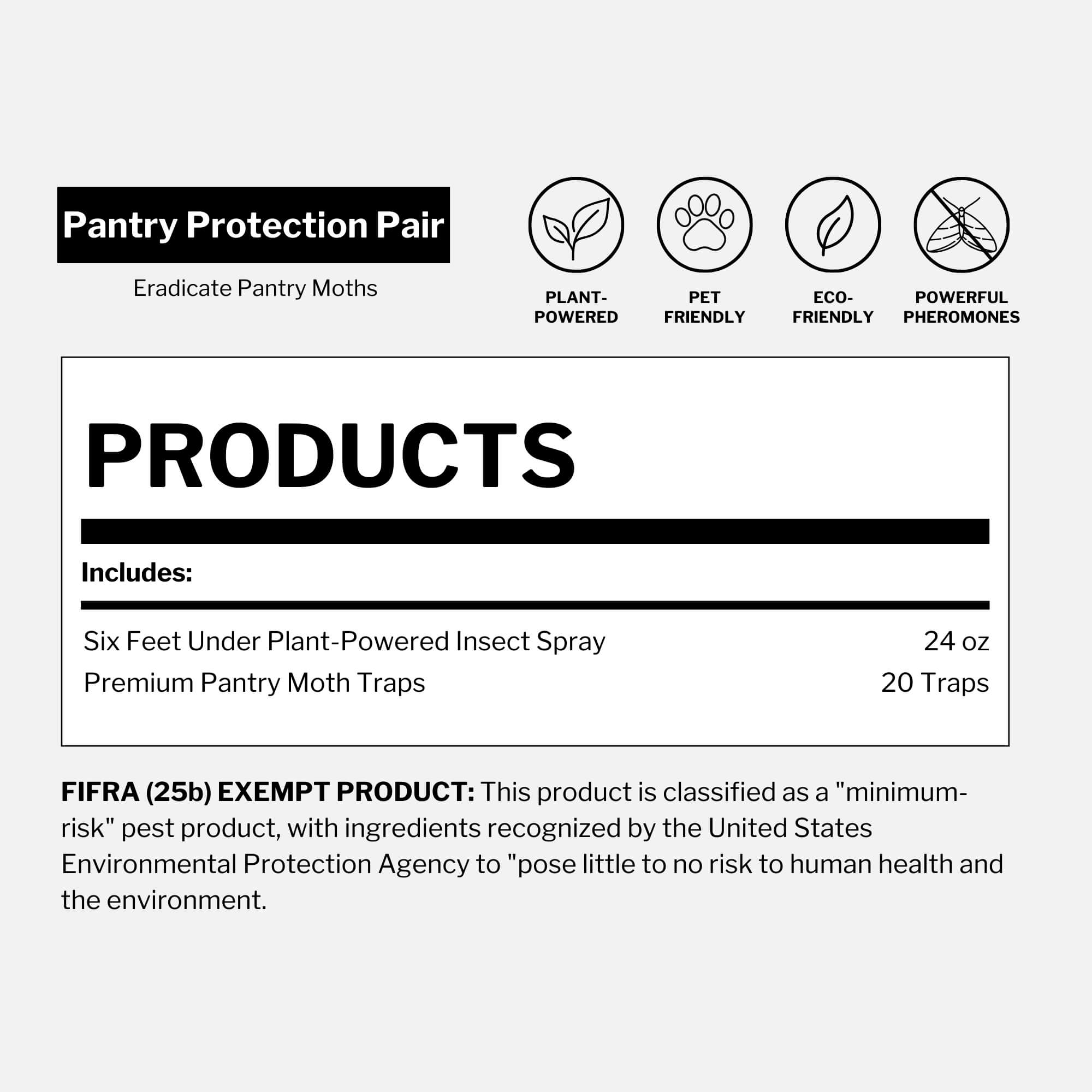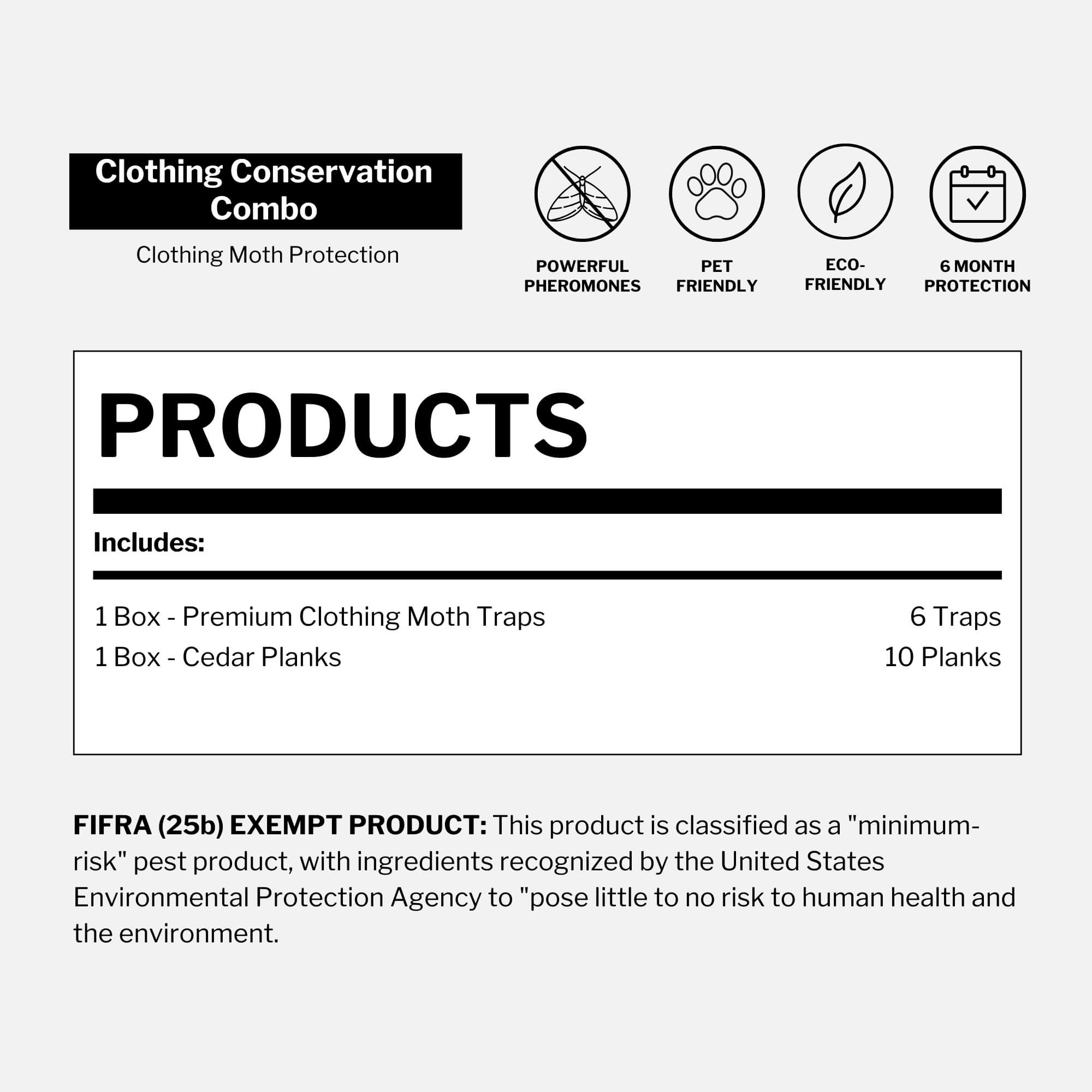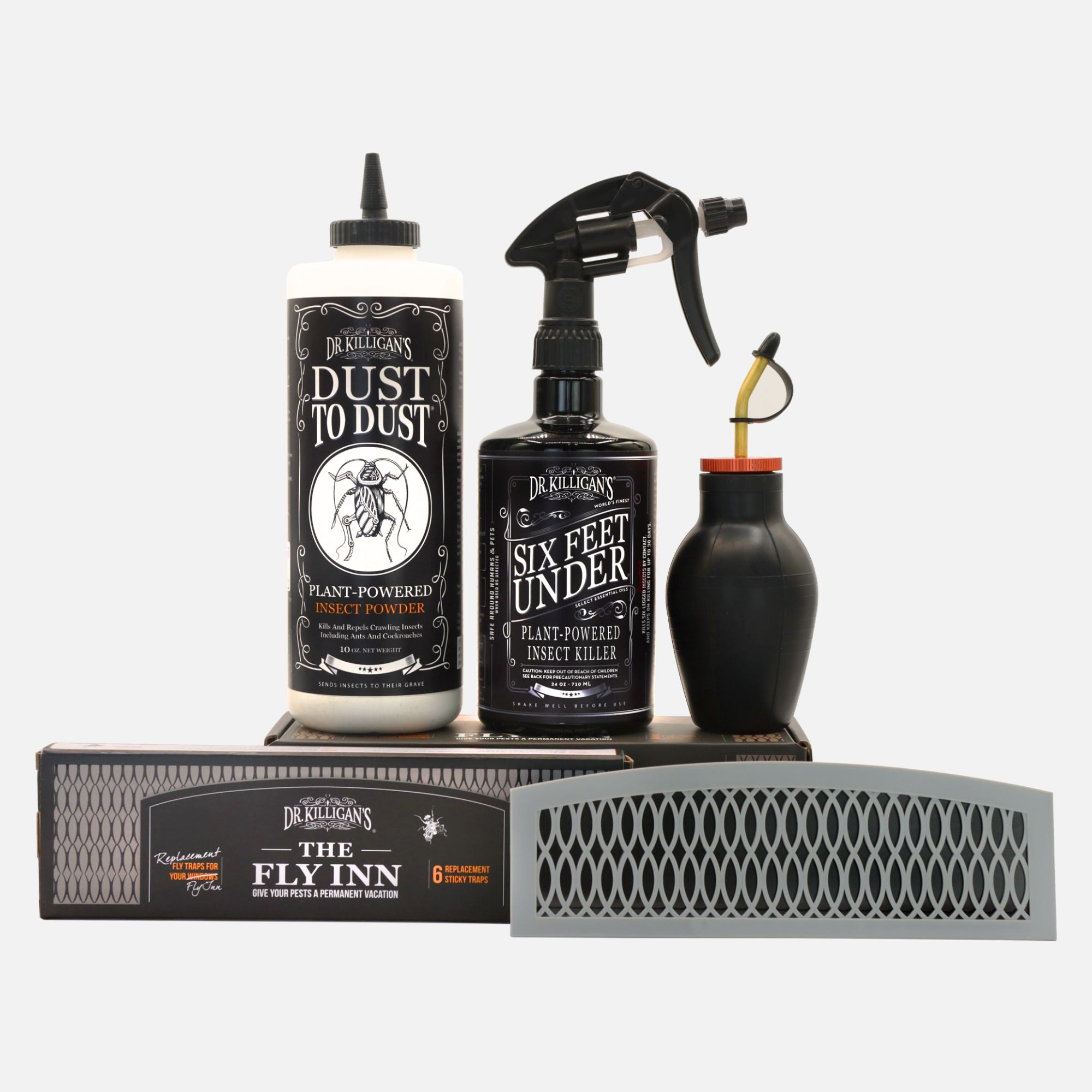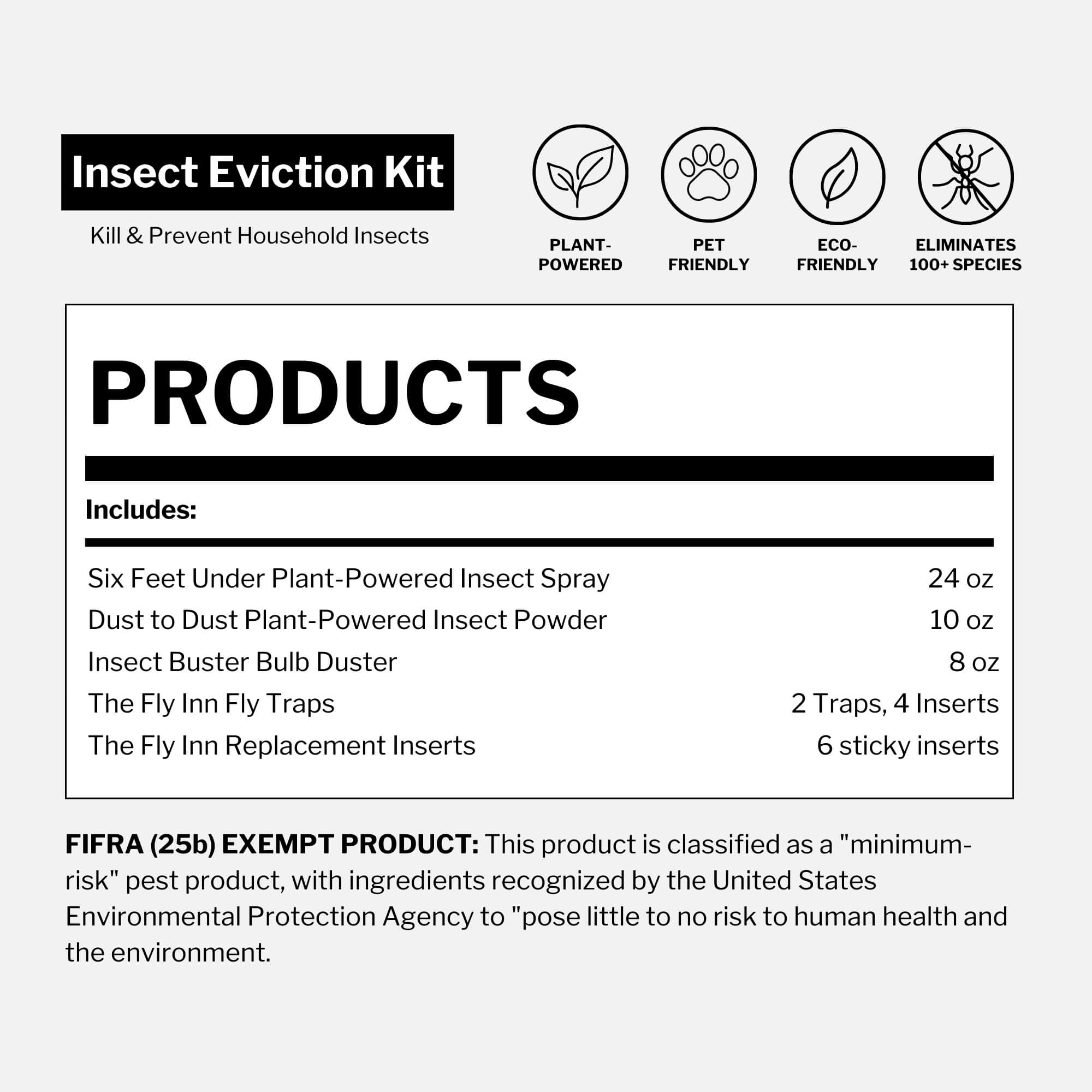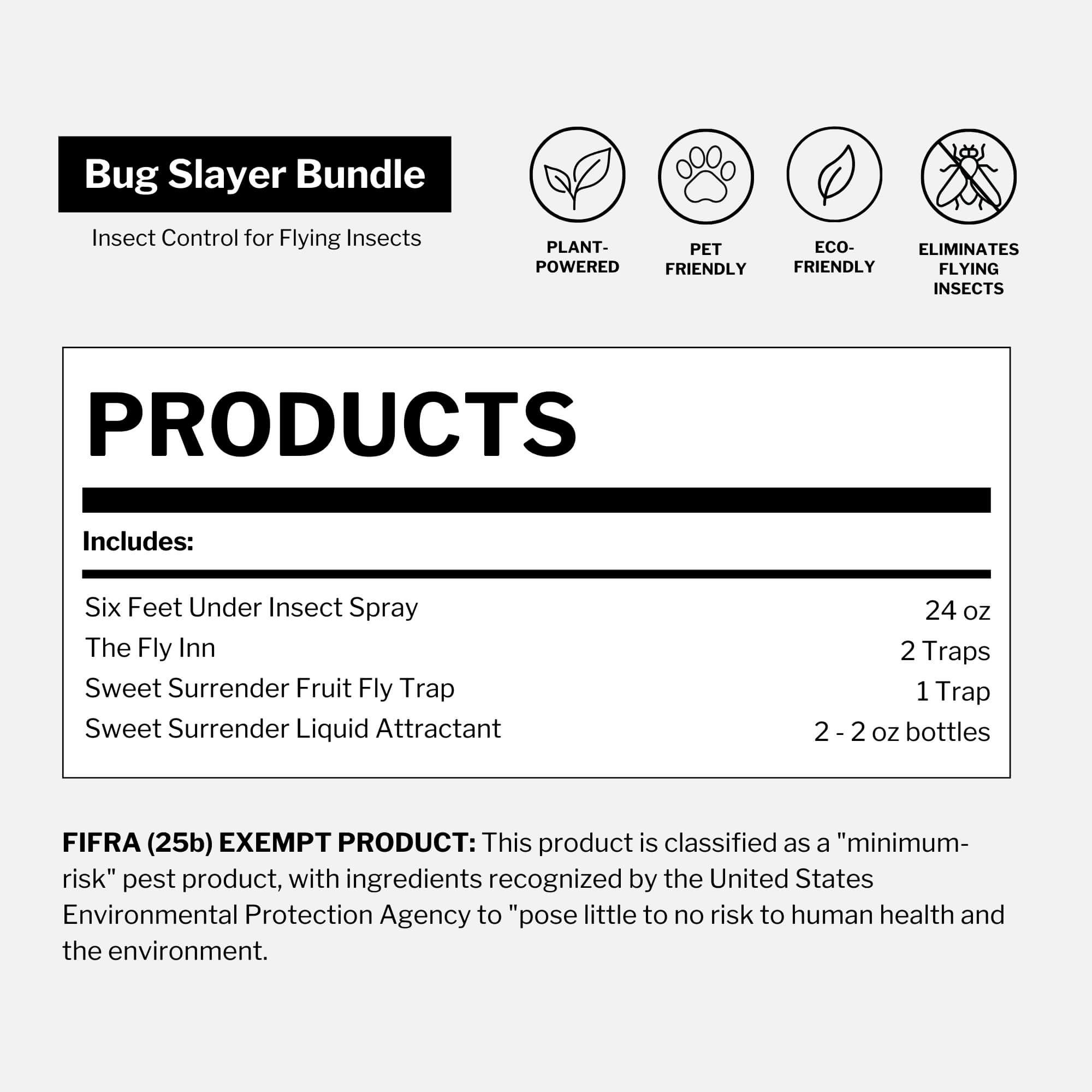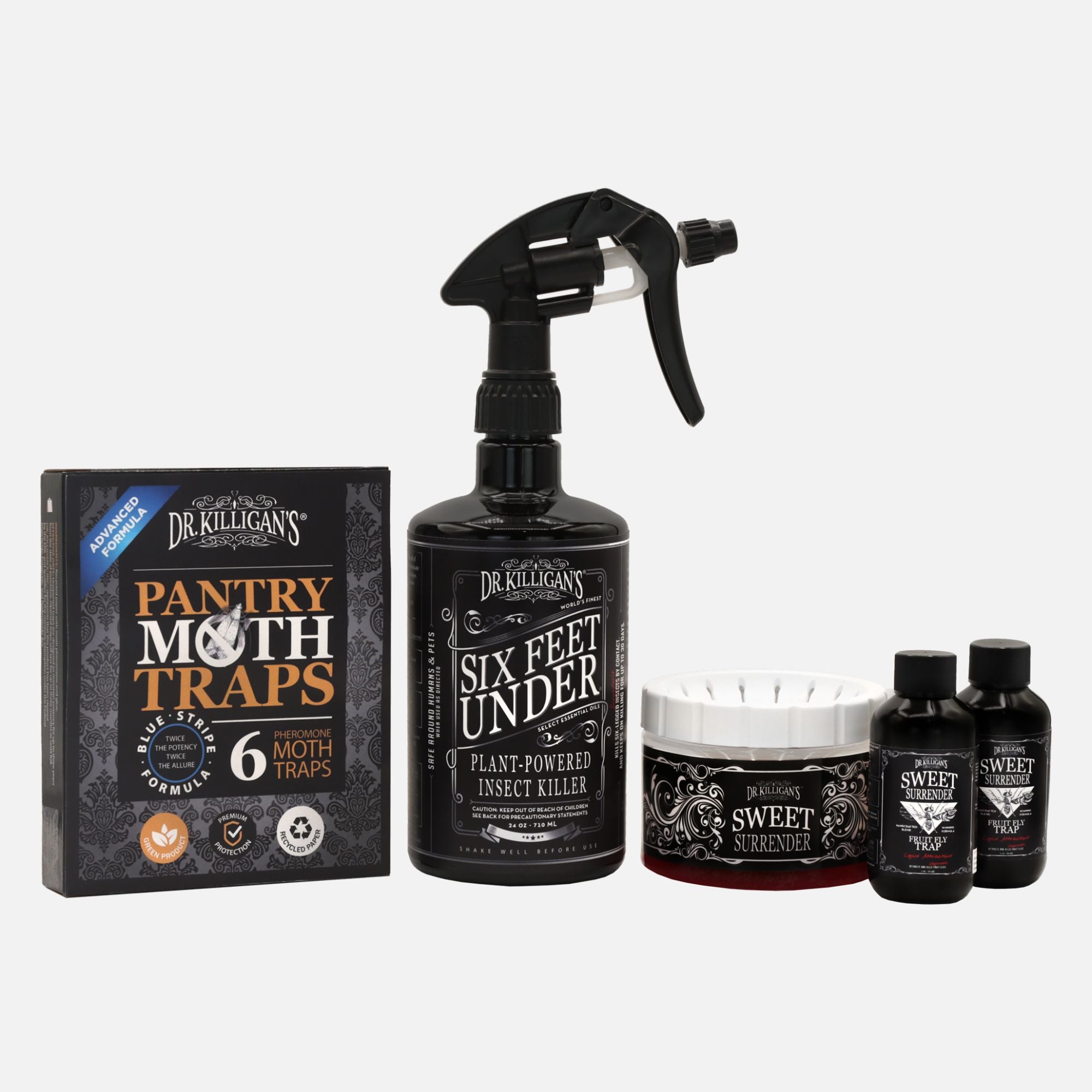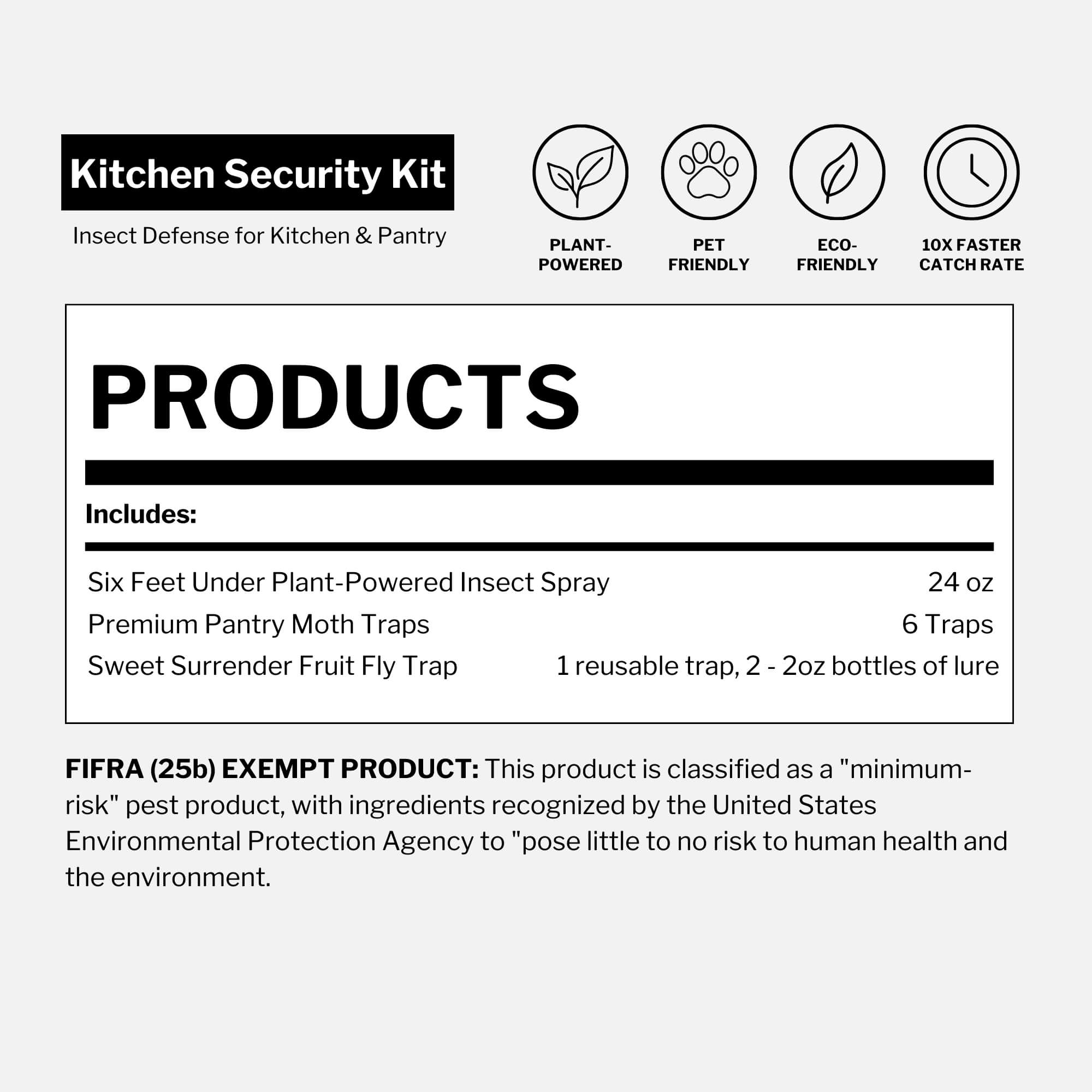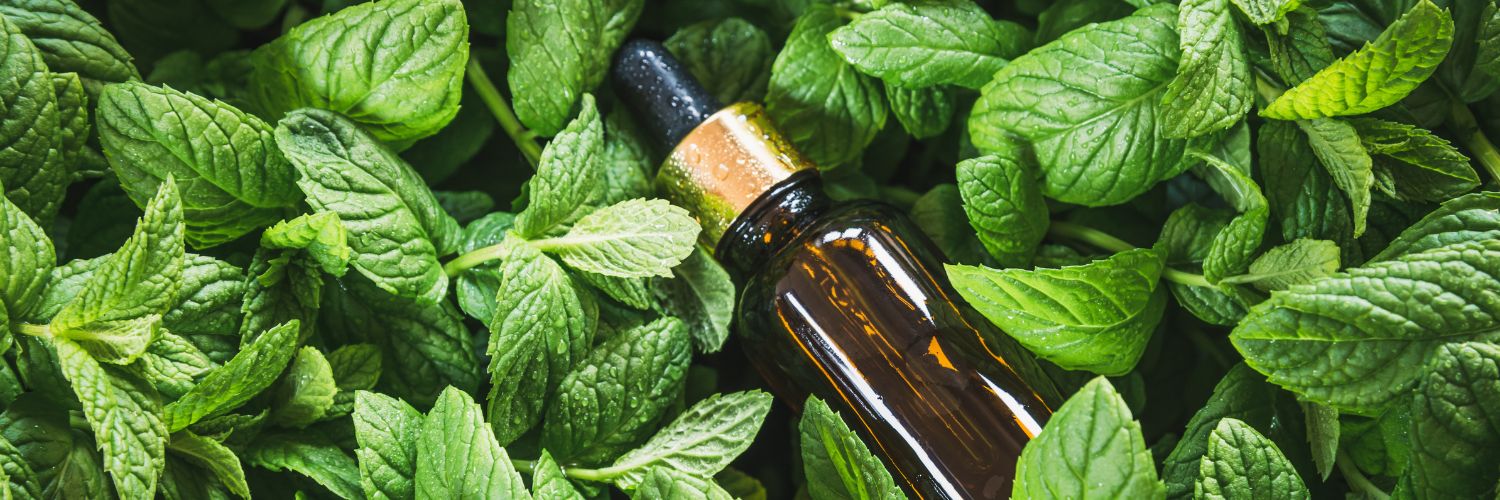Updated on August 31st, 2024
Today we're delving into the captivating world of venomous spiders—those eight-legged arachnids that spark both fascination and a touch of trepidation.
Before we dive in, though, I want to quickly dispel a common myth that spiders are likely to crawl into your mouth while you sleep. It simply isn’t true. They have absolutely no interest in exploring human orifices.
The significance of venom
Venom is a sophisticated adaptation, developed over millennia, essential for a spider’s survival. Each species has its own specialized venom that supports its particular way of life and hunting methods, whether to paralyze prey or begin digestion externally. This makes venom a critical tool for spiders.
This ingenious creation isn't just about overpowering prey; it also serves as a multifunctional wonder. Beyond its role in subduing victims, venom can aid in breaking down tissues, enabling spiders to consume their meals more easily. Moreover, some venoms have evolved to contain molecules that suppress the immune responses of prey, ensuring a smooth and uninterrupted feast.
Unveiling the Sydney funnel-web spider
Our exploration of the most venomous spiders leads us to Australia, home to the formidable Sydney funnel-web spider (Atrax robustus). This imposing arachnid is a true contender for the title, lurking in the heart of Australia's forests. Its robust build, sleek black exoskeleton and distinctive fangs make it an undeniable icon of Australian wildlife.

The Sydney funnel-web spider is renowned for its venomous potency and its impressive size—with some individuals boasting leg spans of up to five inches. Its name stems from the distinct funnel-shaped webs it constructs, strategically positioned to trap unsuspecting prey. This spider's reputation as a daunting predator is well-deserved, as it displays exceptional speed, agility and venomous prowess.
Additionally, the species shows sexual dimorphism, with males and females displaying notable differences beyond just size and coloration. Males—smaller and slimmer—possess longer legs with a unique mating spur on their second pair of legs. Their venom is particularly more toxic, a trait possibly linked to their increased activity outside burrows. Behaviorally, males actively search for mates, using their spurs during brief but intense mating encounters, contrasting with females' more sedentary nature.
Potency and role of venom in prey capture
But what really sets the Sydney funnel-web spider apart is its venom—a powerful and particularly potent blend that targets the nervous system with surgical precision, causing paralysis and incapacitation. One bite can lead to paralysis, muscle spasms, profuse sweating and breathing difficulties.

Now, imagine this venomous elixir in action. When the Sydney funnel-web spider strikes, its venom acts as the ultimate immobilizer, rendering its prey helpless. The paralyzing effect is twofold: it subdues the prey—preventing escape—and initiates the digestion process even before the spider indulges in its feast.
As the venom takes effect, the spider's sophisticated mouthparts come into play, injecting digestive enzymes that break down the prey's bodily tissues. This pre-digestion process transforms the prey's body into a liquid slurry that is ready for consumption. The spider then employs its needle-like fangs to puncture the prey's exoskeleton and commence the suction of the liquefied tissues.
Human encounters and dangers
Spiders generally do not seek out human interaction and are more focused on self-preservation than aggression.
Sydney funnel-web spiders are nocturnal and sensitive to sunlight, preferring cool, sheltered environments such as rock gardens and under logs. They are not naturally aggressive and typically bite only if provoked—such as when their burrows are disturbed.
Their bites, though rare due to their reclusive nature, can be serious due to their long, sharp fangs capable of penetrating soft materials (such as shoes). Anyone bitten should seek medical attention promptly, as these spiders can strike repeatedly when threatened.
Are jumping spiders venomous? Unpacking the facts

Having explored the hidden world of the Sydney funnel-web spider and its interactions with humans, you might wonder about other spiders and their venomous capabilities. This curiosity brings us to another common question: Are jumping spiders venomous? Let's unpack the facts.
Jumping spiders are mildly venomous, but not dangerous. Their primary defense is not their venom but their ability to jump away from threats, making them less likely to bite unless directly handled or threatened.
If you are bitten by one, a jumping spider's bite can cause mild pain, itching or swelling—akin to a mosquito bite—and generally resolves quickly without medical intervention. This mild nature makes them more of a curiosity than a threat, ensuring that their presence is mostly benign.
Safeguard your home with natural solutions
After exploring various aspects of spider venom and behavior, it's clear that while most spiders pose little danger, encounters can still be unsettling. To address these occasional visitors effectively and safely, employing natural solutions can be an invaluable approach. Let's explore some of the best ways to protect your home using non-toxic methods that ensure peace of mind and maintain a pest-free environment.

If you encounter a spider in your home, it most likely is not a Sydney funnel-web spider. For whatever 8-legged spider it is, rest assured that our powerful non-toxic Six Feet Under Plant-Powered Insect Spray will soon have it shriveled up. Its lab-proven, proprietary blend of select essential oils—soybean, clove and cinnamon—breaks down a spider’s exoskeleton and works synergistically to enhance effectiveness and absorption into the spider’s system.
Six Feet Under targets more than spiders too. This people-friendly and pet-friendly insect spray kills more than 50 insect species both on contact and residually for up to 30 days. Spray it on floors, in entry points and elsewhere around the house to proactively stop bugs in their tracks.
You may also try your hand at Dust to Dust Plant-Powered Insect Powder. Dust to Dust is an effective, non-toxic solution for managing spider infestations in your home. To use against spiders, simply sprinkle a fine layer (an Insect Buster would be helpful) in areas where spiders are commonly found, such as corners, behind furniture and along window sills. Dust to Dust works by dehydrating spiders upon contact, disrupting their exoskeletons and ultimately leading to their demise.
Protect your Peace and Sanity from destructive insects and eliminate the need for costly pest management services today.




